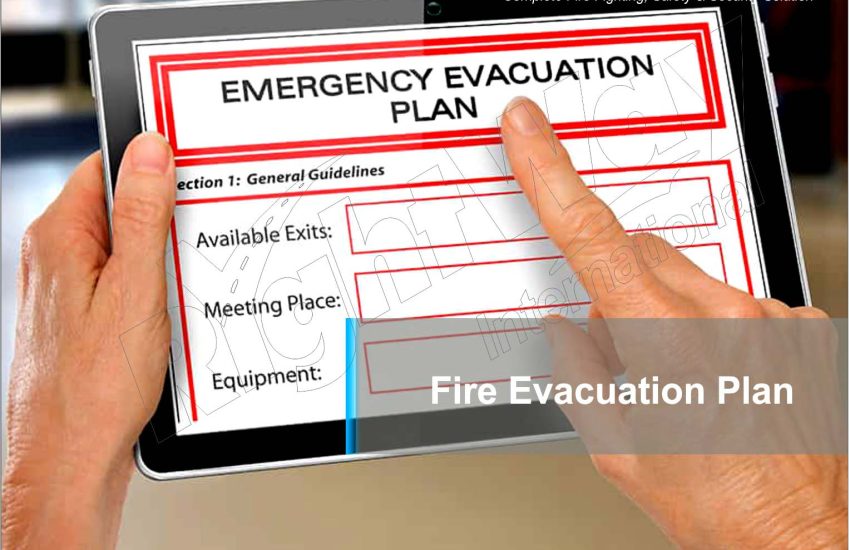Fire Evacuation Plan can occur unexpectedly, and having a well-defined fire evacuation plan is essential for ensuring the safety of individuals in any building or facility. This article outlines the key components of an effective fire evacuation plan, the importance of regular drills, and tips for improving fire safety awareness.
Key Components of a Fire Evacuation Plan:
- Identify Exits and Routes
- Clearly mark all exits and escape routes.
- Use illuminated exit signs to enhance visibility.
- Ensure paths to exits are unobstructed and easily accessible.
- Establish Roles and Responsibilities
- Designate a fire warden or team to oversee the evacuation process.
- Assign specific roles to staff members, such as assisting individuals with disabilities.
- Create a Communication Strategy
- Use alarms, intercoms, or loudspeakers to alert occupants of a fire.
- Ensure that emergency contact numbers are posted in visible areas.
- Develop Assembly Points
- Designate safe assembly areas away from the building.
- Ensure everyone knows where to gather after evacuating.
- Conduct Risk Assessments
- Identify potential fire hazards within the facility.
- Regularly review and update the plan based on changes in the building layout or occupancy.
Importance of Regular Drills
Conducting regular fire drills is crucial for reinforcing the evacuation. Benefits include:
- Familiarity with Procedures: Regular practice helps individuals remember the steps to take during an emergency.
- Identifying Weaknesses: Drills can reveal areas where the plan needs improvement, such as bottlenecks at exits.
- Reducing Panic: Familiarity reduces anxiety and panic during an actual emergency.
Tips for Improving Fire Safety Awareness
- Training and Education
- Provide training sessions for all employees or residents on fire safety and evacuation procedures.
- Distribute materials outlining the fire evacuation plan and safety tips.
- Install and Maintain Fire Safety Equipment
- Ensure smoke detectors, fire alarms, and extinguishers are properly installed and regularly inspected.
- Display instructions for using fire extinguishers in visible locations.
- Encourage a Culture of Safety
- Promote open discussions about fire safety and encourage feedback on the evacuation plan.
- Reward participation in safety training and drills to foster engagement.
Conclusion
A comprehensive evacuation plan is essential for the safety of all occupants in a building. By clearly outlining procedures, conducting regular drills, and fostering a culture of awareness, you can ensure that everyone knows how to respond effectively in the event of a fire. Prioritizing fire safety not only protects lives but also contributes to a secure and prepared environment.


